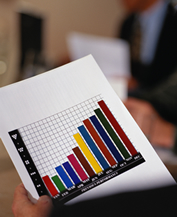A potted history of tiles
Tiles are objects that have spanned many thousands of years. They are found by archaeologists and used to give valuable information of life in earlier times. Tiles have been used by industrials architects in places such as underground stations and swimming pools. And today tiles are found in designer homes as well as everyday use.
The word ‘tile’ is derived from the Latin word ‘tegula’ and the French derivative ‘tuile’ which both mean a roof tile of baked clay. Today, in English the word ‘tile’ is used more widely for any kind of small slab made of earthenware and can be applied to any surface of a building, either inside or outside.
We have evidence of ancient tiles being used from 2,000 BC or earlier. The great pyramids of Egypt contained many beautiful tiles surfaces, as did other ancient civilizations including the Babylonians and Greeks.
These earliest tiles were made by hand, being dried by the sun or baked in an earth oven. Gradually the hand moulding was replaced with a wooden mould often carved to give an indented pattern on the tile.
Tilework became particularly import in the Middle East and the Islamic culture with Persian tiling being very well regarded. Use of tiling spread into Europe around the 12th century and gradually many European countries were producing both practical and decorative tiles.
A huge advance in tile production occurred in the 1840’s when ‘dust pressing’ enabled the tile production to be mechanised and tiles produced in greater numbers.
Developments in tile making continue, and anti-slip tiles are produced with a surface finish which makes them suited to public wet areas such as changing rooms.
More recently developments in marketing enable tiles to be purchased quickly and easily online from online tile shops such as Tile Choice.
Published on 18/01/2011














